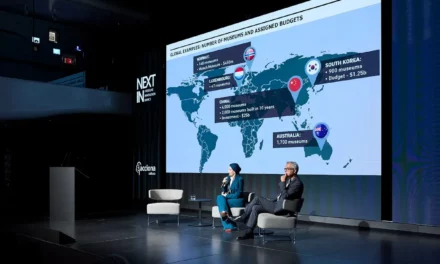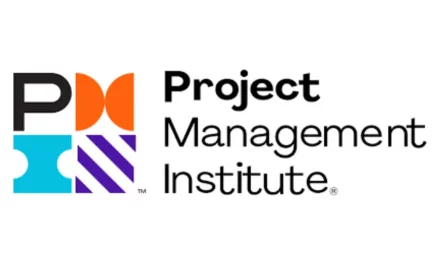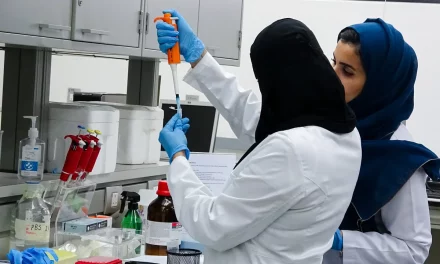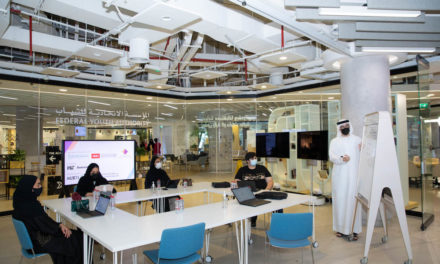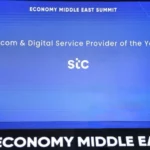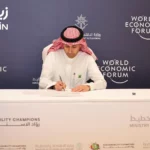
Why the needle has not moved in decreasing out of school children in the last decade and stopping attacks on education
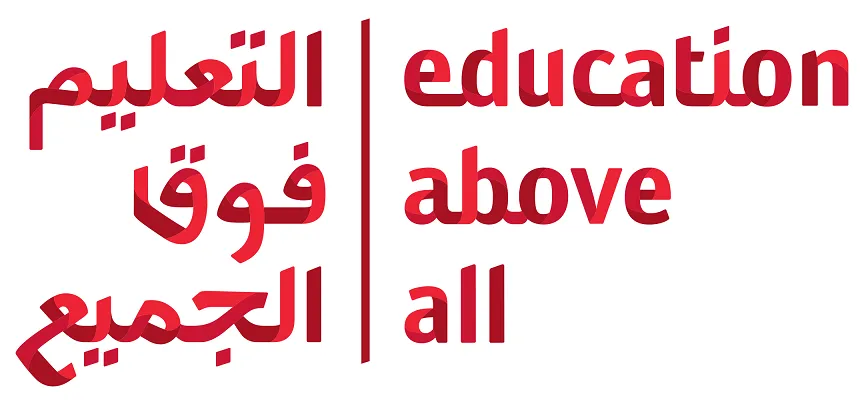
A summary of the joint paper from Education Above All Foundation’s Educate A Child (EAC) and Protect Education in Insecurity and Conflict (PEIC) programmes
Doha, Qatar, [27 Nov 2023] – At the World Innovation Summit for Education (WISE), the Educate A Child (EAC) and Protect Education in Insecurity and Conflict (PEIC) programmes from the global foundation, Education Above All, have published a paper detailing why the needle has not moved in significantly reducing the global population of out of school children and protecting education from attack, despite funding and advocacy.
The joint publication highlights how in the last ten years EAA has invested approximately US$938 million in programmatic efforts, not including partner co-funding, which now totals upwards of US$1.4 billion. Yet, data show that instead of decreasing the amount of out of school children globally, the opposite has occurred. Furthermore, attacks on education remain at an unacceptably high level.
According to UNESCO, a longstanding partner of EAA, in 2012 there were 61 million OOSC at primary level across the globe. In the last 10 years, EAA partnership programmes have been responsible for providing access to quality primary education for more than 12 million children. But, despite these efforts, as of 2023, the number of children who remain excluded from quality primary education now stands at 69.9 million – a staggering increase of 8.9 million.
The causes of this steep incline in rates of OOSC, according to the report, has many contributing factors. One factor being an increase in the numbers of conflicts, many of which go unresolved for years, exemplified in most recent years by conflicts in Ukraine and Gaza. In 2022 alone, there were over 3,000 reported incidents of attacks on education, a year-on-year increase of 17%. Other substantial, contributing factors notably include the fact that data systems and tracking mechanisms have improved immensely during this time period, allowing for policymakers and stakeholders to come to grips with the true scope of the OOSC crisis within their respective locales. Moreover, the worsening effects of climate change displacing children, a widening of a global wealth gap leading to surging rates of poverty, exacerbated by the pandemic, also have had a profound effect on inclusion, enrolment and retention.
Chronic underfunding plays a large role in the exclusion of children from education. On a global scale, investments in education are faltering. The current budgeting mechanisms are no longer fit for purpose, with the report finding that decades of funding through standard approaches have not produced an altogether more accessible or inclusive quality education.
To halt this concerning trajectory, EAA and its programmes are calling for a variety of solutions to address the stubborn persistence of OOSC and attacks on education. The report emphasises that many of the countries with significant numbers of OOSC also face severe debt burdens. Easing this debt burden, even on more lenient terms, is not a sufficient solution. Looking to the future, investing in unfettered access to the education for every child regardless of their circumstances and innovating away from conventional thinking is essential to shifting both the paradigm and the numbers.
This must take place in conjunction with abiding by international humanitarian law, ceasing the use of explosive weapons, in particular with the targeting of civilian facilities such as schools, and commitment to develop a national plan to address attacks on education. To better understand the OOSC situation, better data collection techniques and analytical processed are essential.
Equally, as the world embraces the digital future, we must be cautious about how this is integrated into education. If not managed carefully, this will be skewed towards those already in education and/or those with existing access to the internet and electricity, not the most marginalised, who are at risk of being left even further behind.
Dr Mary Joy Pigozzi, Executive Director of Educate A Child and co-author of the paper says:“Education access is beset with challenges. Many are conceivably more visible than OOSC, but we must not forget the most vulnerable. We are now at a critical inflection point and must keep a laser-like focus to ensure the overarching goal of SDG4, which EAA embraces, is achieved.
“Extraordinary times call for extraordinary measures. Existing approaches are not sufficient, and we must look to innovative means, be it new financing mechanisms, or greater flexibility in our approaches, to ensure no child is left behind.”
Dr Maleiha Malik, Executive Director, Protect Education in Insecurity and Conflict, and co-author of the paper says: “The past few months have taught us that with increasing rates of conflict in the 21st century, we must remain more vigilant than ever for attacks against education. The lesson of the last 10 years is that war and conflict destroy far quicker than our ability to rebuild. If we want the needle to move so that we stop attacks on education, we must do more than simply respond to war and conflict, we must prevent it in the first instance. And when war has already started, we must speak out in one voice and insist that education must never be a target.”



